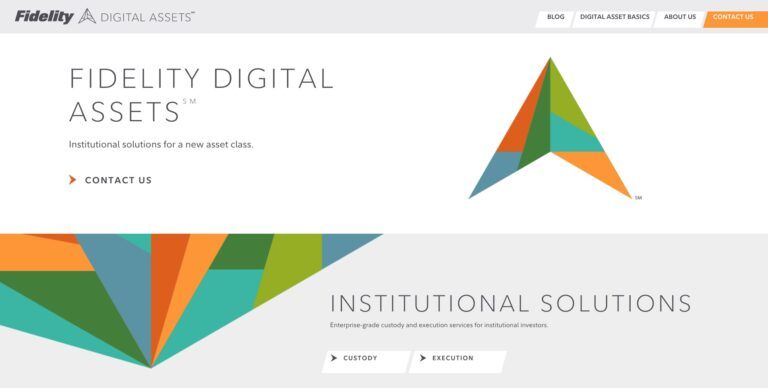On Wednesday (July 29), Fidelity Digital Assets, a subsidiary of Boston-headquartered American multinational financial services company Fidelity Investments (“Fidelity”), released the first report in its “Bitcoin Investment Thesis” series.
As of 31 December 2019, Fidelity Investments had $8.32 trillion in assets under administration ( $3.2 trillion of which were discretionary managed assets).
On 15 October 2018, Fidelity Investments announced via a press release the launch of a new company, Fidelity Digital Asset Services, which would offer “enterprise-quality custody and trade execution services” for cryptocurrencies to institutional investors (such as “hedge funds, family offices and market intermediaries”).
Tom Jessop, President of Fidelity Digital Assets, had this to say at the time:
“We started exploring blockchain and digital assets several years ago, and those efforts have been successful in helping us understand and advance our thinking around cryptocurrencies.
“The creation of Fidelity Digital Assets is the first step in a long-term vision to create a full-service enterprise-grade platform for digital assets.”
The report released today is titled “Bitcoin Investment Thesis: An Inspirational Store of Value” and was written by Ria Bhutoria, who is the Director of Research at Fidelity Digital Assets.
Here are some of the key highlights of this report:
- The reason for the phrase “an aspirational store of value” is that although many investors want to see Bitcoin as a store of value since it meets the basic requirements, it is not yet “widely accepted as such.”
- The good thing about Bitcoin’s price volatility is that “it is a catalyst that attracts attention, development and innovation.”
- A good store of value needs to be scarce, and fortunately (by design) Bitcoin offers “unforgeable digital scarcity.”
- Super low interest rates (which are in some cases even negative), high amounts of monetary and fiscal stimulus, and “deglobalization” are all responsible for increasing “awareness and adoption” of Bitcoin.
- Two longer-term tailwinds for Bitcoin are “slow and steady” inflation and the “Great Wealth Transfer“―over the next few decades―to millennials (who have a favorable view of digital assets) from their baby boomer parents.
Featured Image Courtesy of Fidelity Digital Assets








